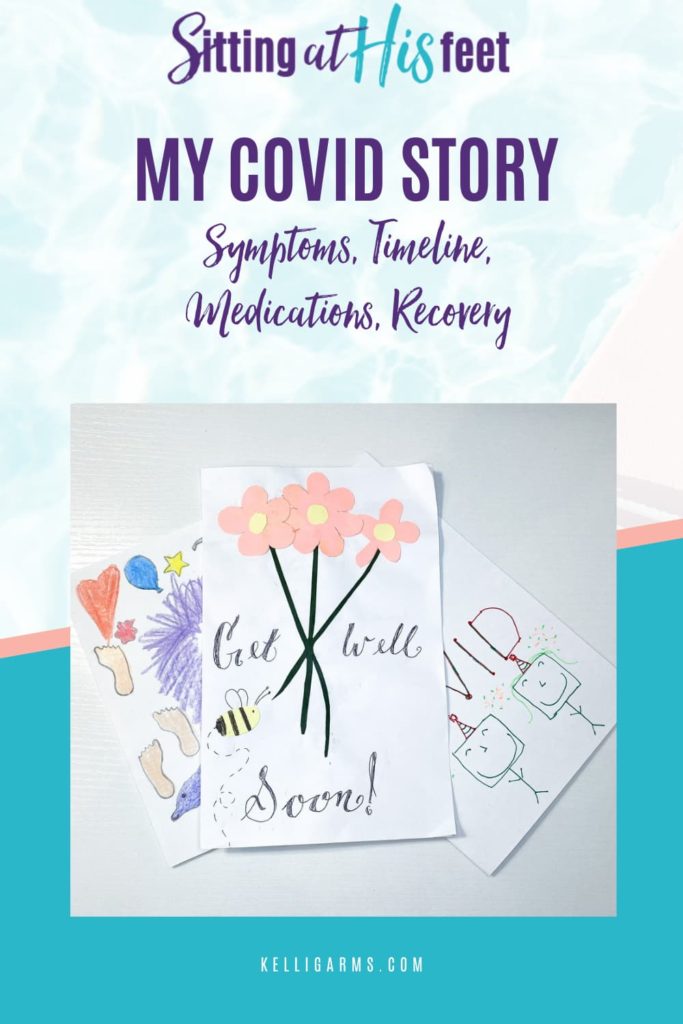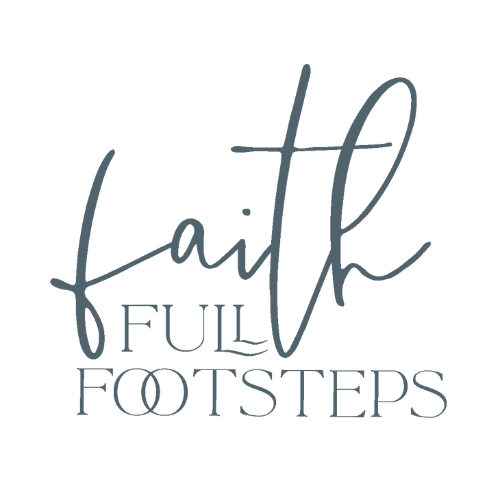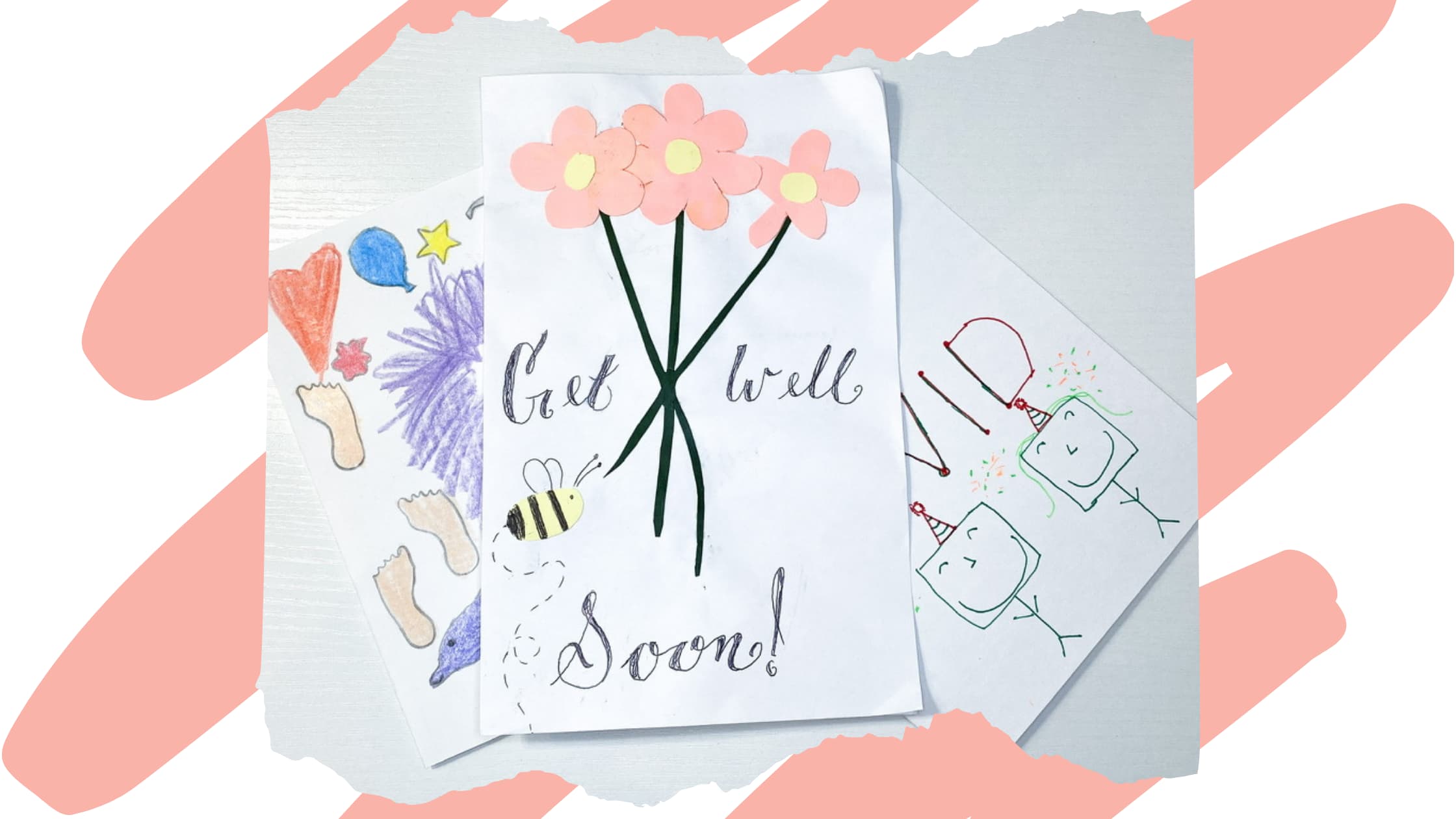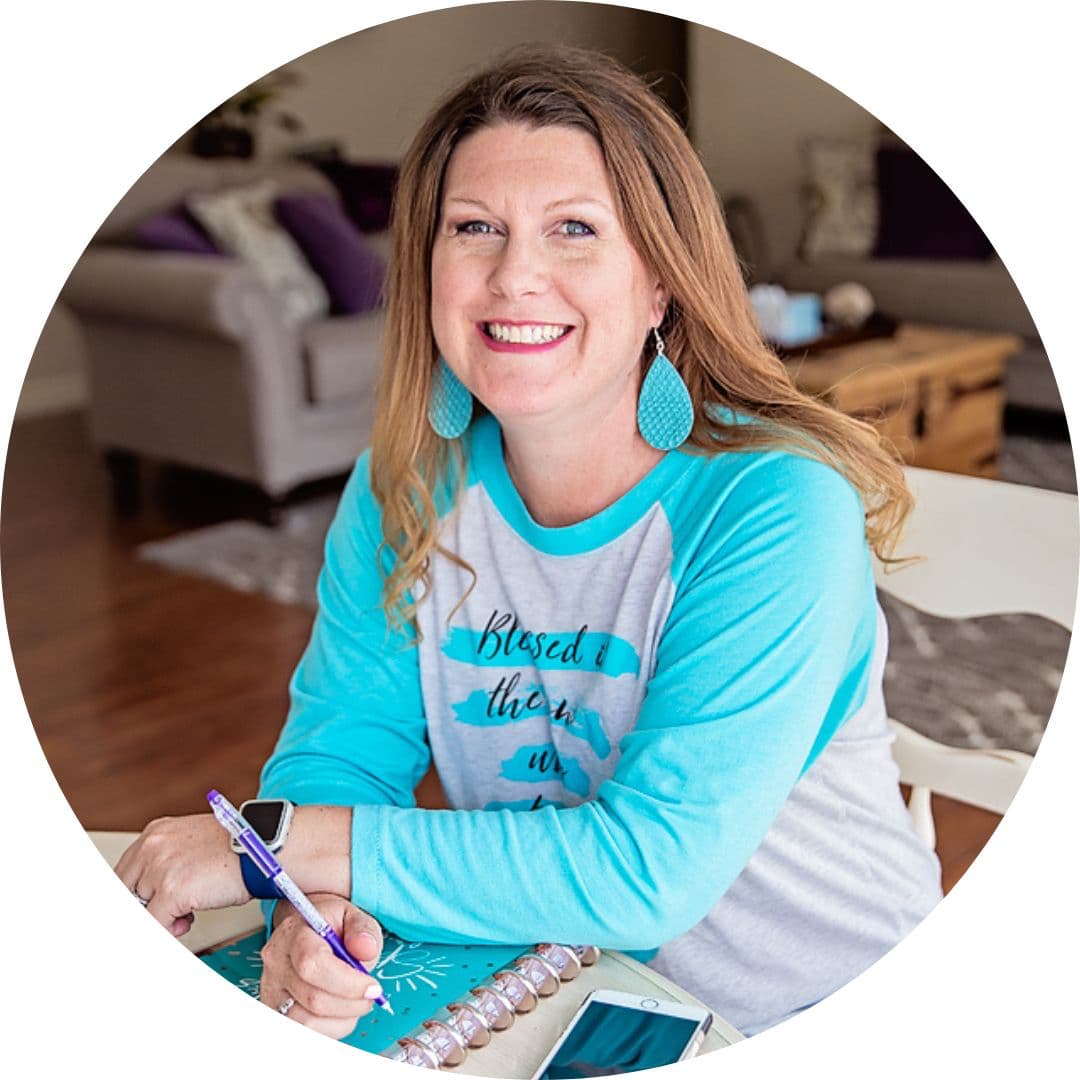The month of September 2020 was interesting, to say the least. I started the month lying on the beach, but I ended the month lying in a hospital bed. As difficult as the month was thanks to my COVID diagnosis, I feel stronger and more empowered on the other side.
COVID Timeline
On September 17th, I came down with a fever, body aches, chills, and a shallow cough. As far as I know, I had not been around anyone who was infected. Over the next few days, I took ibuprofen and generic day and NyQuil. These medications took care of my symptoms. I had some great days and thought I was on the mend, but the fever persisted. Little by little, some more symptoms crept in. I lost my sense of smell and taste, and my appetite as a result. My cough sunk deeper into my chest. I started to notice that I couldn’t speak without coughing.
Eventually, I realized the over-the-counter medications were no longer reducing my symptoms and my cough got deeper and more productive. Finally, on Saturday, September 26th, 10 days after my symptoms began and after I coughed until I threw up, we decided it was time to seek medical attention.

I had decided from the beginning of the “pandemic” that I would not get tested for COVID-19 unless I needed medical attention. There were several reasons for this:
- I didn’t see a point in getting tested only to be told I was positive and to go home and rest because there is no treatment.
- I didn’t want my name on a government registry stating I had been tested (I’m not typically a conspiracy theorist, but this “pandemic” has brought it out in me a bit).
- I didn’t want to do contact tracing that might force someone else to stay home and not be able to provide for their family (I had stayed home since my first symptoms to protect my friends and loved ones).
That Saturday morning, I had a video conference with a physician who essentially told me to go get tested. Mark took me to a walk-in clinic where they had me wait in my car for more than an hour. Once they saw me, they immediately put me on oxygen, and my symptoms almost completely dissipated. They tested me, took an x-ray of my lungs, and put me on an antibiotic.
By that afternoon, we knew I needed oxygen on a permanent basis, so Mark took me to the Emergency Room at one of our local hospitals. They immediately put me on oxygen and admitted me to the hospital. They also tested Mark, checked his oxygen, and took an x-ray of his lungs. He tested positive and was sent home to rest.
I was taken to a private room in the ER. After they got me into a hospital gown, I was taken for another x-ray and a CT scan. The CT scan showed no clots, but the x-ray showed pneumonia in my lungs. They returned me to my ER room, which would be my permanent home for the next 48 hours, and hooked me up to all the things. My oxygen cannula, my pulse-ox monitor, and my heart monitors were all attached to the wall and very much limited my mobility. I was also attached to an IV with fluids, and my blood pressure cuff was set to turn on every 15 minutes, making it very difficult to rest.
One element that made the experience a bit traumatic was that the nurses avoided me like the plague (pun totally intended). They did not come into my room very often, and I struggled to get anyone to come when I needed help. At one point, I had to pull off monitors and improvise because, after pleading for over an hour for someone to come help me use the restroom, I finally had to take matters into my own hands. Although that was a troubling moment, it gave me the push I needed to take responsibility for what needed to be done. It was at that point I decided I would ask questions and make my expectations known. And my situation seemed to improve with each new nurse that came on shift.
Another aspect that was intimidating was the donning and doffing of COVID attire. Before a nurse entered my room, he or she had to “suit up:” Double masks, face shield, eye protection, gloves, hair nets, booties, and a yellow, plastic gown. It was literally one step down from a hazmat suit. Once they entered the room, they couldn’t leave without tearing it all off and throwing it in the trash.
My first nurse ended her shift as soon as I was hooked up to everything. I then spent the night staring out my open curtains, watching the next nurse flirt with one of the male nurses for her entire shift. The third nurse was a young man who was able to find me a pillow and a bedside commode. The next nurse brought me a real bed so I no longer had to lay in the ER cot, and he changed the settings on my blood pressure cuff so it went off every 30 minutes. And the final nurse in the ER took great care of me and eventually got me moved up to the COVID unit.
While I was in the ER, they brought me my three meals each day, and I ate what I got. I started getting my sense of taste back, and the meals tasted delicious to me!
Medications
They also started me on several medications:
- Remdesivir was the first medication. It is experimental and not approved by the FDA. It is intended to shorten the length and minimize the severity of the illness, but it is impossible to know if it actually helps. I was supposed to get five doses of Remdesivir, but my liver enzymes took a turn, so they stopped the medication after two doses.
- They also started me on Decadron (Dexamethasone). It is a corticosteroid that strengthened my lungs.
- The most unpleasant of the medications was a blood thinner that was administered as a shot in my stomach. Not only did I feel the needle, but the medication burned as it entered my system, and I could feel it for a full 15 minutes. This medication was to be administered every 12 hours. Once I moved up to the COVID unit, I refused any more doses because I was told that as long as I was up and moving around, I wouldn’t be at risk for clots. In the ER, I didn’t have the option to move around.
- There was never any mention of Hydroxychloroquine.
COVID Unit
The difference between the ER and the COVID unit was night and day! As soon as I reached the COVID unit, all of the monitors came off. My heart monitors were attached to a portable, battery-powered device that went in the pocket of my gown. The oxygen cannula was really long, giving me the freedom to get up and walk around my room. The pulse-ox and blood pressure cuff didn’t stay attached, and the nurse assistant came into my room every four hours to check my vitals. And the kitchen called me to get my meal orders so I could choose what I ate.
On Tuesday morning, my first morning in the COVID unit, I saw the sun for the first time since Saturday. I was also able to take a shower and feel human again. The doctor told me I needed two more doses of Decadron through my IV, and then she would send me home. They were able to take me from the 3.5 liters of oxygen down to 2 liters the first night, and by Wednesday morning, I was completely off of oxygen.
The nurses in the COVID unit didn’t avoid me, but they did leave me alone for long periods of time, making it easy for me to relax and have phone conversations with friends and family. When they did come into my room, they took a vested interest in my progress, answered my questions, and discussed the presidential debate.
Wednesday morning, the doctor surprised me by telling me she was going to discharge me with a prescription for the steroid and a prescription for a blood thinner. By 5 p.m. on Wednesday night, I was back at home with my family.
Health Advocate
One of the scariest elements of this experience was that I had no point of reference. I had not known anyone who had gone to the hospital with symptoms. I only knew what the media was feeding me about the illness, the medications, the recovery, and the mortality rates. Knowledge is power in this case, so the more we talk about our experiences, the more we empower others to be their own advocates.
What I have learned is that no two medical professionals are going to give me the same answer. Everyone is making the best decisions they can with the information they have, but that information has gaps. When I asked why I needed to take a blood thinner that had so many contraindications it was scary (including suicidal thoughts), the only answer I was given was that it is recommended by the CDC. It felt very much like they were throwing everything at it in hopes that something sticks.
Hopefully, you will never experience what I have. But if you do, my prayer is that my experience will give you the confidence to take care of yourself and advocate for your health. As I continue my recovery, I will post updates. I am happy to answer any questions you may have, so feel free to reach out!






Hi! I found your post via Hope writers and I am so sorry you had to go through that experience. I had a viral pnemonia almost identical to COVID19 last summer (before covid existed though) and was in the ICU, almost died, and it was pretty traumatic for my whole family. Hence the whole covid stuff has been challenging to see go down around us. Praying for your healing both emotionally and continued strengthening physically.
I’m so sorry you faced that, but I am so glad you are better. Thank you for the prayers!